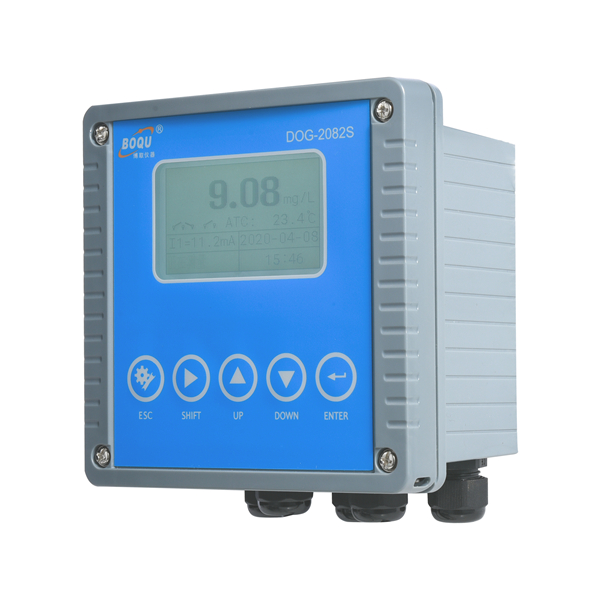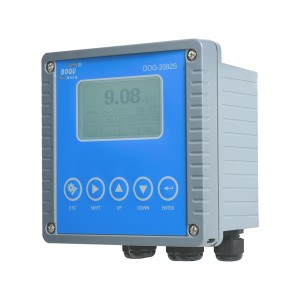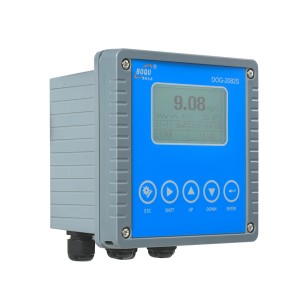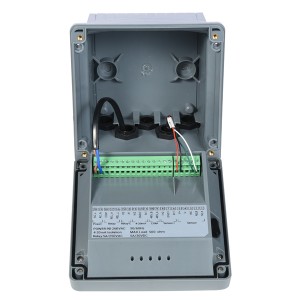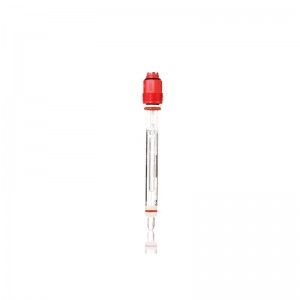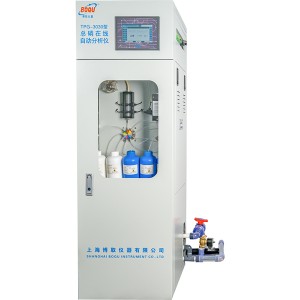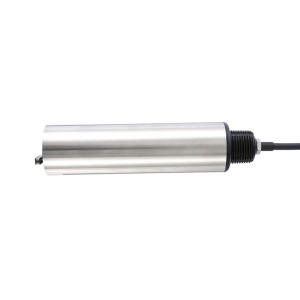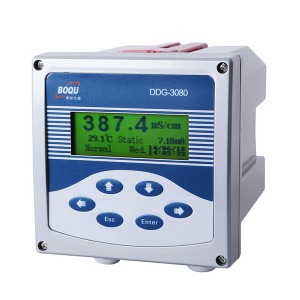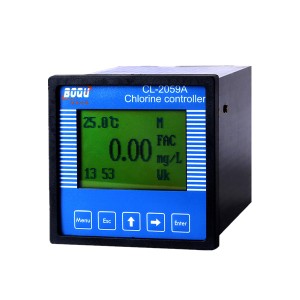Introduction
The transmitter can be used to display data measured by the sensor, so the user can get the 4-20mA analog output by transmitter’s interface configuration and calibration. And it can make relay control, digital communications, and other functions a reality.
The product is widely used in sewage plant, water plant, water station, surface water, farming, industry and other fields.
Technical Indexes
Specification |
Details |
| Measuring range | 0~20.00 mg/L
0~200.00 % -10.0~100.0℃ |
| Accuracy | ±1%FS
±0.5℃ |
| Size | 144*144*104mm L*W*H |
| Weight | 0.9KG |
| Material of outside shell | ABS |
| Waterproof Rate | IP65 |
| Operation Temperature | 0 to 100℃ |
| Power Supply | 90 – 260V AC 50/60Hz |
| Output | two-way analog output 4-20mA, |
| Relay | 5A/250V AC 5A/30V DC |
| Digital Communication | MODBUS RS485 communication function, which can transmit real-time measurements |
| Warranty Period | 1 year |
Dissolved oxygen is a measure of the amount of gaseous oxygen contained in water. Healthy waters that can support life must contain dissolved oxygen (DO).
Dissolved Oxygen enters water by:
direct absorption from the atmosphere.
rapid movement from winds, waves, currents or mechanical aeration.
aquatic plant life photosynthesis as a by-product of the process.
Measuring dissolved oxygen in water and treatment to maintain proper DO levels, are crucial functions in a variety of water treatment applications. While dissolved oxygen is necessary to support life and treatment processes, it can also be detrimental, causing oxidation that damages equipment and compromises product. Dissolved oxygen affects:
Quality: The DO concentration determines the quality of source water. Without enough DO, water turns foul and unhealthy affecting the quality of the environment, drinking water and other products.
Regulatory Compliance: To comply with regulations, waste water often needs to have certain concentrations of DO before it can be discharged into a stream, lake, river or waterway. Healthy waters that can support life must contain dissolved oxygen.
Process Control: DO levels are critical to control biological treatment of waste water, as well as the biofiltration phase of drinking water production. In some industrial applications (e.g. power production) any DO is detrimental for steam generation and must be removed and its concentrations must be tightly controlled.

